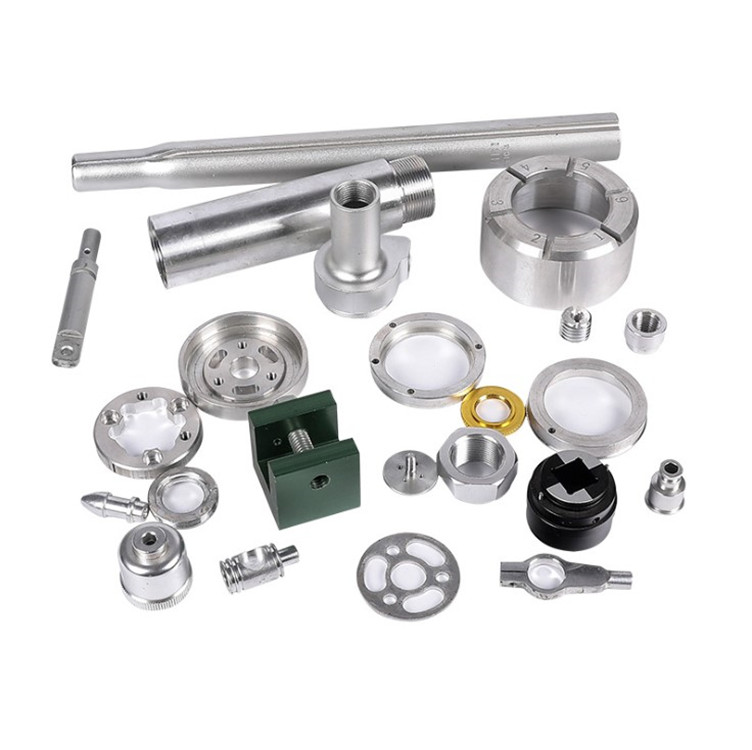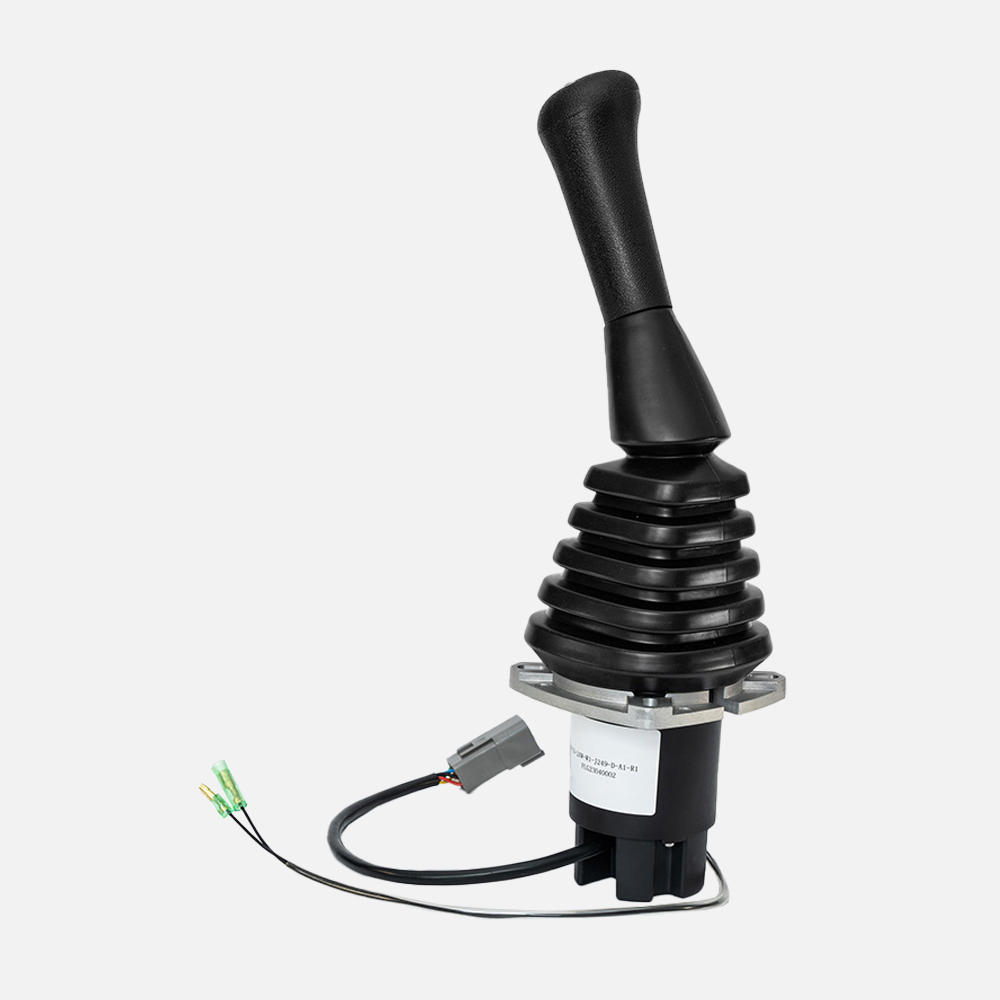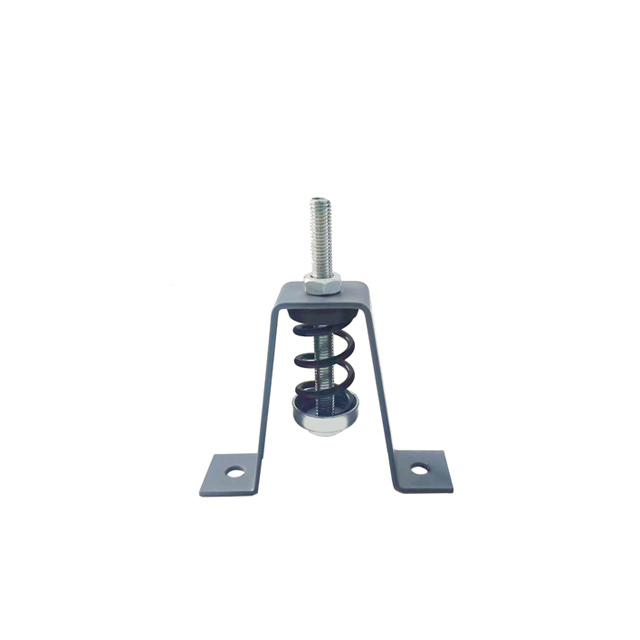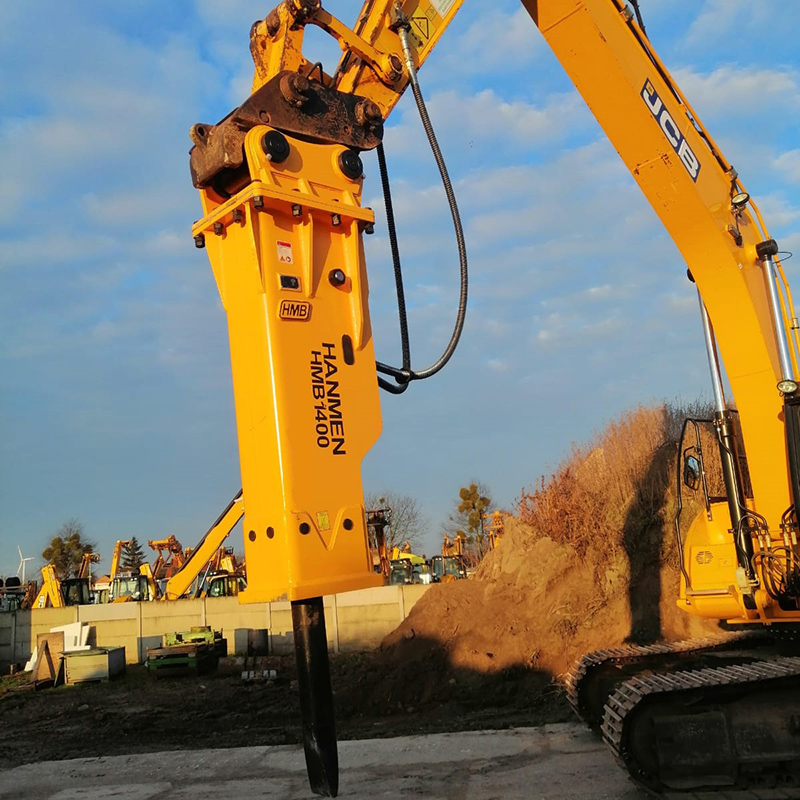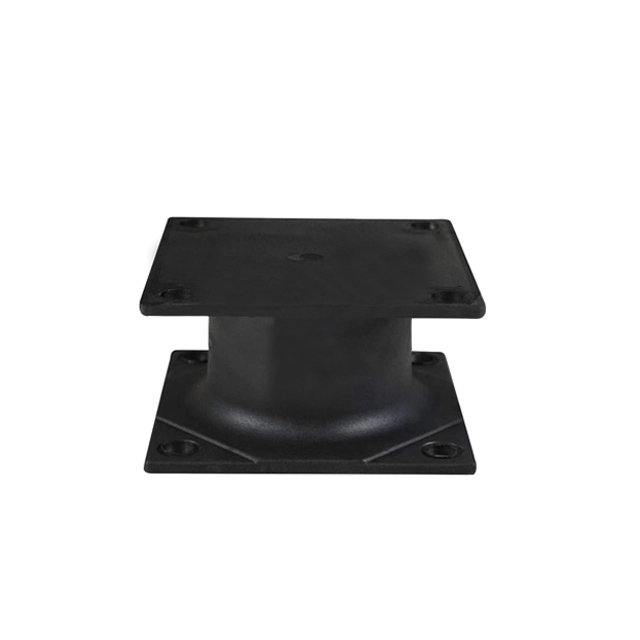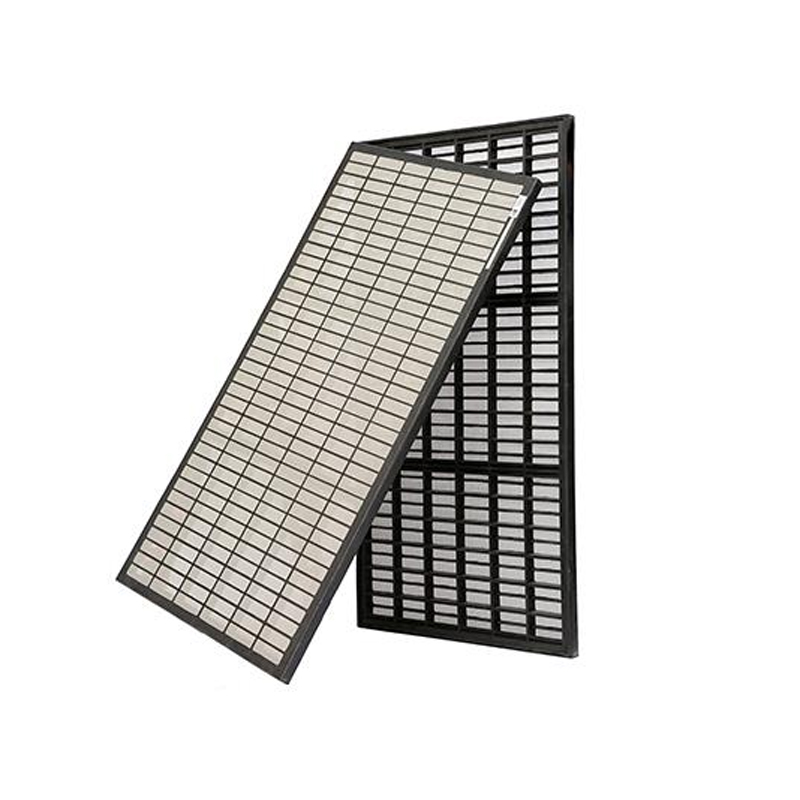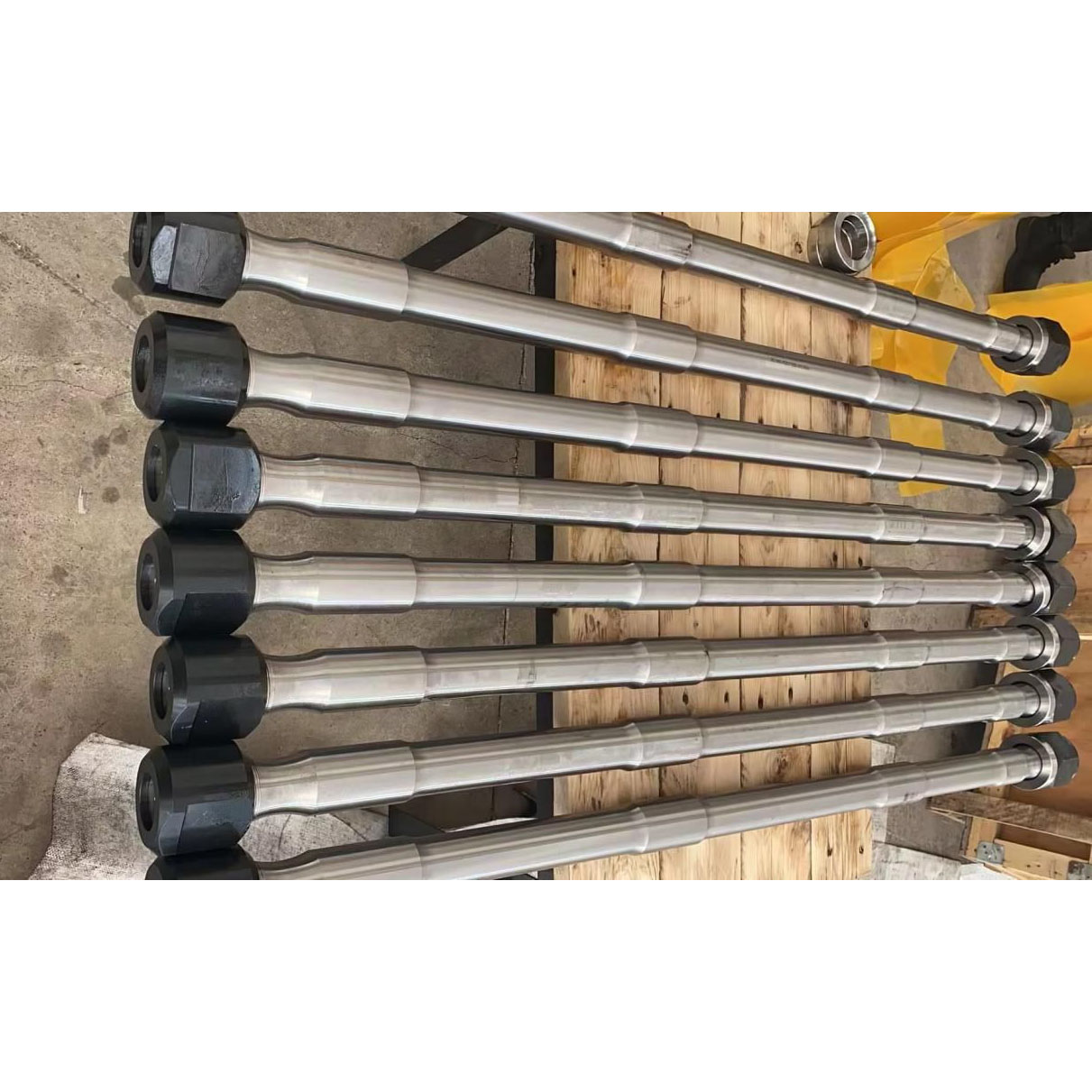Customized Investment Casting / Precision Casting Cnc Hardware Machine Parts
Customized processing and production according to drawings
1. Material: stainless steel, carbon steel, etc.
Processing steps: cutting parts, drilling, tapping, setting, milling, grinding, etc.
It is necessary to provide product drawings or specific specifications, dimensions, materials, quantities and special requirements.
2. Processing equipment: CNC lathes, CNC lathes, automatic lathes, various instrument lathes, drilling machines, etc.
3. Surface treatment: oxidation, electroplating, quenching and hardening treatment, precision polishing, etc.
4. We can provide CNC turning, automatic turning, cutting, machining, thread cutting, etc. for various non-standard equipment parts, gas control equipment, medical equipment, electronic products and other auto parts and mechanical equipment products.
Difficulties in stainless steel processing include the following aspects
1. High cutting force and high cutting temperature
The strength of the material is high, the tangential stress is large and the plastic deformation is large during cutting, so the cutting force is large. In addition, the thermal conductivity of the material is extremely poor, causing the cutting temperature to rise, and the high temperature is often concentrated in the narrow and long area near the cutting edge, thereby accelerating the wear of the cutting tool.
2. Severe work hardening
Austenitic stainless steel and some high-temperature alloy stainless steels have austenitic structure, and have a large tendency of work hardening during cutting, which is usually several times that of ordinary carbon steel. The cutting tool is cut in the work hardening area, which shortens the tool life.
3. Easy to stick to the knife
Both austenitic stainless steel and martensitic stainless steel have the characteristics of strong chips and high cutting temperature during processing. When the tough chips flow through the rake face, sticking phenomena such as bonding and welding will occur, which will affect the surface roughness of the machined parts.
4. Accelerated tool wear
The above-mentioned materials generally contain elements with high melting point, high plasticity, and high cutting temperature, which accelerates tool wear, frequent tool sharpening and tool replacement, which affects production efficiency and increases tool cost.
We discuss the processing technology of stainless steel parts, overcome its processing difficulties, greatly improve the tool life of stainless steel when drilling, reaming and boring, reduce the number of times of sharpening and changing tools in operation, and improve production efficiency and hole processing quality , Reduce the labor intensity of workers and production costs, and can achieve satisfactory results.
CNC machine
In CNC lathe processing, the determination of the processing route generally follows the following principles.
① The accuracy and surface roughness of the workpiece to be processed should be guaranteed.
② Make the processing route the shortest, reduce the idle travel time, and improve the processing efficiency.
③ Try to simplify the workload of numerical calculation and simplify the processing procedure.
CNC machining
CNC processing (3 photos)
④ For some reusable programs, subroutines should be used
CNC machining has the following advantages
①The number of tooling is greatly reduced, and complex tooling is not required for processing parts with complex shapes. If you want to change the shape and size of the part, you only need to modify the part processing program, which is suitable for new product development and modification.
②The processing quality is stable, the processing precision is high, and the repetition accuracy is high, which is suitable for the processing requirements of aircraft.
③In the case of multi-variety and small-batch production, the production efficiency is high, which can reduce the time for production preparation, machine tool adjustment and process inspection, and the cutting time is reduced due to the use of the optimal cutting amount.
④ It can process complex profiles that are difficult to process by conventional methods, and even process some unobservable processing parts.
The disadvantage of CNC machining is that the machine tool equipment is expensive and requires a high level of maintenance personnel.
Product Display
video
